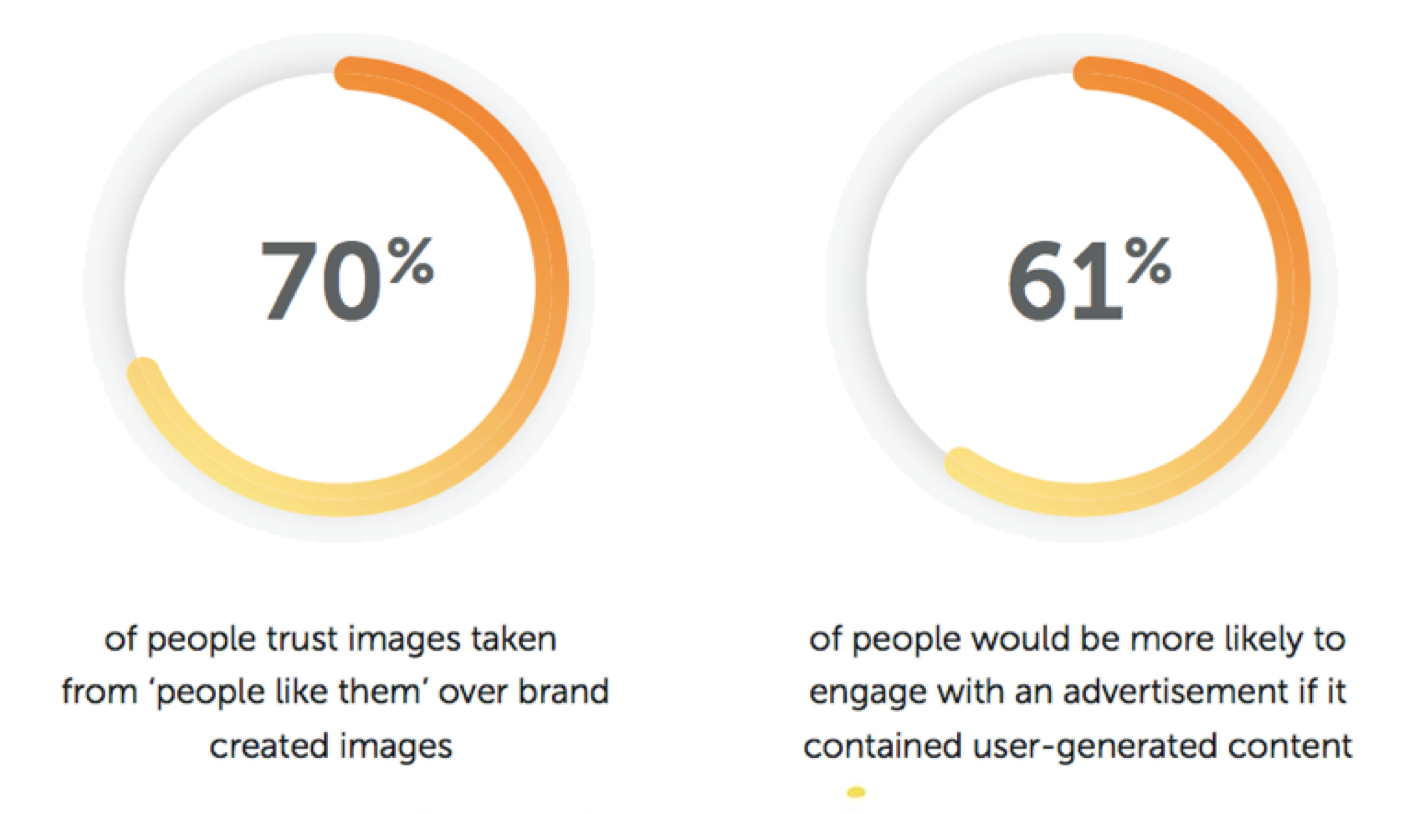
How many of you remember Myspace?
And I don’t mean the Myspace that Justin Timberlake tried to bring back in 2013. I mean that OG Myspace. The Myspace Tom made happen in 2003. I mean that Myspace that kept you up until 3AM trying to pick the perfect Top 8 and the profile song that would really impress people.
Myspace popped up while I was in college and managing our campus radio station. We had dozens of DJs, programming, concerts, comedians, and community events to promote. But we had no budget to advertise. Print cost money. TV cost money. Radio cost money. If we wanted to print out flyers and stand in the Quad handing them out, we had to at least pay for printing.
Myspace gave us a new way to promote. But it also made our audience a part of the experience. We could get in front of our target audience, and engage with them in two-way dialog about the topics that were interesting to them, gathering feedback and fresh content in realtime. It was amazing branding.
And here’s the kicker: This was before everyone had a smartphone in their pocket.
Today, we live in a new world.
The Stories You Want to Tell Are Already Being Told
According to Wordstream, more video content is uploaded in 30 days than the major U.S. television networks have created in 30 years. We all have cameras in our pockets. And we use them. Regularly.

- 44% of 18 to 24-year-olds say they share content on social because they want to give real time updates of events to their networks.
- 51% of them say that they share social media updates at sporting events in order to show support for the team.

We share this content, and we interact with the content our friends post, for one reason: We trust our peers more than we trust brands.
In fact, according to Nielsen, 92% of consumers say they trust word-of-mouth recommendations and earned media more than branded content.

Source: Curata
What This Means for Advertising
Social content is powerful because it’s trustworthy. Advertisers can sometimes shy away because it feels uncontrollable. But when done correctly, this can be a powerful sponsorship that takes them well beyond a fan’s Twitter feed.
Social media — your fans, advocates, influencers, and customers — can breathe life into your brand, adding a layer of trust and validation that you can’t add on your own. Isn’t that the type of thing you’d want your sponsors to be a part of?
When building a package and selling your sponsors on why they’d sponsor the social conversation, there are several factors to keep in mind, and they’re not all that different from other sponsorship sales.
5 Tips for Selling Sponsorships Against Social Content
1.) Find a Sponsor that Aligns with the Conversation
Anyone can slap a logo on a display. But to really create an authentic experience that keeps social content trustworthy and real, you need to focus on sponsors that have a relationship or value that speaks to your audience.
Imagine you run marketing or sponsorship sales for an eSports company. You have a growing community of players battling it out on Twitch, sharing content on social, visiting your website for updates, and gathering at your events to compete.
There’s a good chance the demographic you cater to has other brands they like that would love to get in front of them while they spend hours and hours focused on their latest passion.
2.) Establish the Offer: What Exactly Are They Sponsoring?
The great thing about social is that it doesn’t have to stay on social. You can bring it — and your advertisers — into the real world.
Build a package that is bigger than just slapping a logo on a social wall at your event. Here are some examples:
- Pre-event promotion across social media.
- Sponsor and naming rights for the community section of your website that shows off social posts from your fans.
- If you have a mobile app, promotion there.
- Live streaming as a promotional tool? Add a ticker of social posts, with “brought to you by [Sponsor]” branding.
- A custom social “hub” during events that catch the eye and inspire people to share more.
- Integrate branded social displays on every screen when you have space and time to fill.
3.) Price Based on Expected Impact
Just like any sponsorship, advertisers want to know what they can expect.
Let them know what you plan to bring to them by outlining:
A. The actions and activities you’ll take (# of screens they can expect to be displayed on, time on screen, promotional hits, etc)
B. The reach of this sponsorship (How many people visit your website? Will be at the event? Are expected to share posts on social?)
4.) Explain How You’ll Incentivize Your Audience to Post
This sponsorship is only valuable if people are posting social content. Be specific about the CTAs you’ll use to drive more social content. This should be a key component of your promotional plan. What hashtag, filter, or network do you want your audience to post to? When, and how should they post? What’s in it for them (this can be as simple as “your photo may show up on the big screen”)?
5.) Measure and Report
Your advertisers will want to know they got their money’s worth. Make sure you’re setting yourself up to do that. Track hits, activations, social posts, impressions, etc. Make it clear that it was valuable for them, and they’ll come back to do it again.
Bring Your Sponsors and Fans Together in the Real World
Social sponsorships are powerful because they bring the sponsoring brand and your audience together in an organic way.
To learn how Tagboard can help you create a more robust social offering to attract sponsors, request a demo at tagboard.com today.
